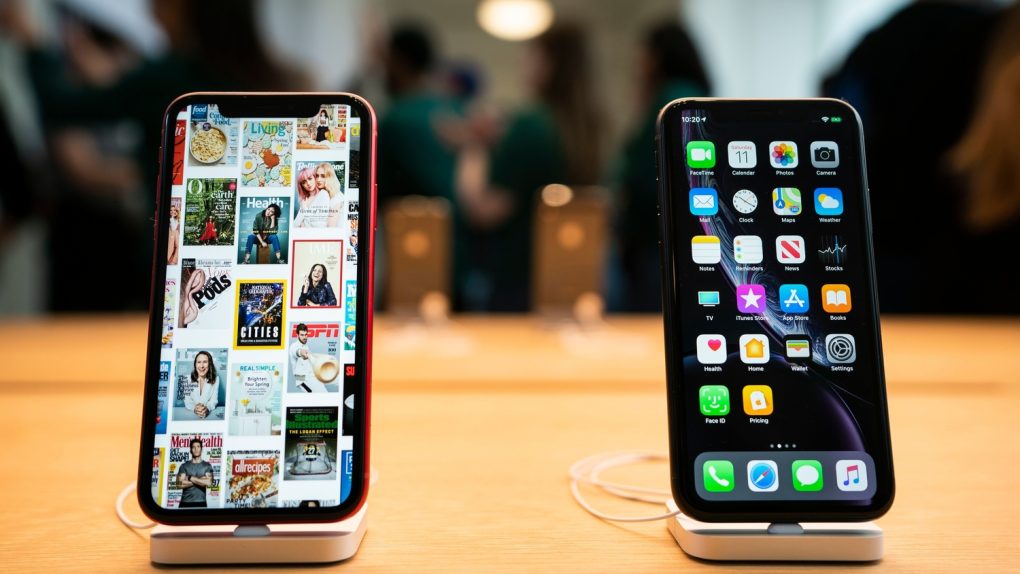There was at least one common theme reflected in the earnings that handset arch-rivals Apple and Samsung both reported this week – declines in revenue attributable to both companies’ pricey smartphones.Apple, for its part, no longer breaks out unit sales anymore but did disclose a decline in iPhone revenue Tuesday of 12% compared to the same quarter in 2018. The iPhone maker generated $25.99 billion in revenue from the smartphone during its most recent fiscal quarter, down from a little more than $29 billion in the year-ago period. At Samsung, the story was similar.
Samsung’s earnings announcement reflected an increase in smartphone shipments during the most recent quarter, compared to the same period in 2018. But the company said that increase stemmed from demand for its less-expensive models like the Galaxy A series. Unfortunately, “sales of flagship models fell QoQ on weak sales momentum for the Galaxy S10 and stagnant demand for premium products,” the company noted.
One conclusion that can be drawn from all this is that consumers are staging a quiet rebellion against phones with $1,000+ price tags.
CNBC noted Wednesday that’s the reason why, for example, many people are holding on to phones a lot longer than they used to. Because of the price, but also because phones from pretty much every major manufacturer are so much better than they used to be — and they stay that way a lot longer.
The deeper you go, you start to find a lot of interconnected trends that are linked to and influence each other. According to Bernstein analyst Toni Sacconaghi, iPhone owners are now generally upgrading their devices once every four years. This serves to delay an increasingly more expensive upgrade, something that’s also easier to do when the phones are as solid as ever. Moreover, if consumers only see incremental improvements in successive model generations that just causes them to stick even tighter to this longer time horizon.
It’s also getting harder and harder for Apple, Samsung, and many other manufacturers to really wow consumers on the basis of the cameras when they too are already so stellar. “Apple launched its iPhone XR last September, a phone that excels at both camera quality and battery life but that starts at $749,” the CNBC report notes. “The more expensive iPhone XS ($999) and XS Max ($1,099) have more colorful and brighter screens and even better cameras, but most consumers don’t want to spend that much to get there. Meanwhile, Apple also still sells the iPhone 7 for $299 with a trade-in.” Likewise, Samsung’s A Series of phones is generating interest from consumers who don’t want to spend almost $1,000 on a Galaxy S10+.
Meanwhile, both Apple and Samsung press on. The latter will unveil the Galaxy Note 10 next week, a hotly anticipated device from a handset series that has legions of fans and will represent an attempt by Samsung to keep pace with Apple. More specifically, to keep pace with the company ahead of the latter’s introduction of the newest iPhones, which will be announced in September.
Speaking of Apple, the maturation of the iPhone is the reason the company is so successfully pushing into new revenue categories like subscriptions. Consequently, investors don’t seem at all worried about its business, given that at the time of this writing on Wednesday Apple’s share price was rising on track to make it a trillion-dollar company once again.







